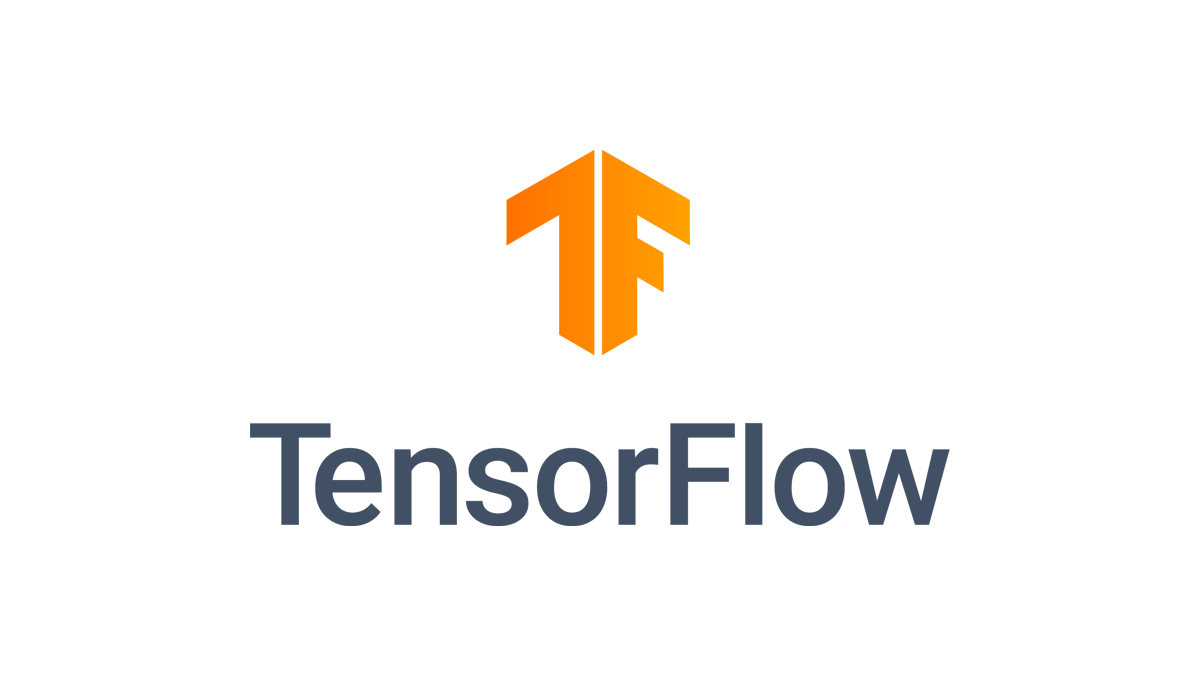Evaluating tf.contrib.summary Summaries in TensorFlow
Learn how TensorFlow evaluates the new tf.contrib.summary summaries, ensuring accurate and efficient tracking of your machine learning model's performance.
Learn how TensorFlow evaluates the new tf.contrib.summary summaries, ensuring accurate and efficient tracking of your machine learning model's performance.
TensorFlow provides a powerful mechanism for tracking and visualizing your model's training progress using summaries. This involves defining summary operations, creating a summary writer, and evaluating and writing summaries during training. Here's a step-by-step guide on how to use summaries effectively in your TensorFlow models.
import tensorflow as tfloss = ...
tf.summary.scalar('loss', loss)writer = tf.summary.create_file_writer('/path/to/log_dir')tf.summary within a tf.function or a tf.GradientTape context:with tf.GradientTape() as tape:
# Your model computations here
loss = ...
with writer.as_default():
tf.summary.scalar('loss', loss, step=global_step)# Inside your training loop
for step in range(num_steps):
# ... training logic ...
if step % log_interval == 0:
with writer.as_default():
tf.summary.scalar('loss', loss, step=step)Explanation:
tf.summary provides functions to define different types of summaries, such as tf.summary.scalar for scalar values.tf.function or tf.GradientTape context to ensure they are captured correctly.global_step argument in tf.summary functions is used to track the training progress.This Python code implements a simple neural network for regression using TensorFlow. It defines a sequential model, an optimizer, a loss function, and a training step. The code loads the Boston Housing dataset, trains the model, and logs the training loss to a specified directory for visualization with TensorBoard.
import tensorflow as tf
# Define the model and optimizer
model = tf.keras.models.Sequential([
tf.keras.layers.Dense(10, activation='relu', input_shape=(4,)),
tf.keras.layers.Dense(1)
])
optimizer = tf.keras.optimizers.Adam(learning_rate=0.01)
# Define the loss function
loss_fn = tf.keras.losses.MeanSquaredError()
# Define the metrics
train_loss = tf.keras.metrics.Mean(name='train_loss')
# Define the training step
@tf.function
def train_step(x, y):
with tf.GradientTape() as tape:
predictions = model(x)
loss = loss_fn(y, predictions)
gradients = tape.gradient(loss, model.trainable_variables)
optimizer.apply_gradients(zip(gradients, model.trainable_variables))
train_loss(loss)
# Create a summary writer
writer = tf.summary.create_file_writer('/path/to/log_dir')
# Training loop
epochs = 10
batch_size = 32
log_interval = 100
# Load the dataset
(x_train, y_train), (_, _) = tf.keras.datasets.boston_housing.load_data()
# Create a dataset object
dataset = tf.data.Dataset.from_tensor_slices((x_train, y_train)).batch(batch_size)
for epoch in range(epochs):
for step, (x_batch, y_batch) in enumerate(dataset):
train_step(x_batch, y_batch)
# Log the loss every log_interval steps
if step % log_interval == 0:
with writer.as_default():
tf.summary.scalar('loss', train_loss.result(), step=optimizer.iterations)
print(f'Epoch {epoch+1}, Step {step}, Loss: {train_loss.result():.4f}')
train_loss.reset_states()Explanation:
train_step function, we calculate the loss and gradients, and apply the gradients to update the model's weights.log_interval steps, we evaluate the train_loss metric and write it to the summary writer using tf.summary.scalar.optimizer.iterations is used as the global step to track the training progress./path/to/log_dir directory, which can be visualized using TensorBoard.General:
Implementation Details:
tf.summary.scalar Alternatives: While tf.summary.scalar is common for metrics like loss and accuracy, consider using tf.summary.histogram for distributions of weights and activations, or tf.summary.image to visualize input data or generated outputs.log_interval determines how often summaries are written. Adjust this based on your training duration and the level of detail you need. Logging too frequently can impact performance, while logging too infrequently might cause you to miss important details.tf.summary.create_summary_file_writer to create separate writers for different parts of your model (e.g., different layers) or for different stages (e.g., training, validation). This helps organize your TensorBoard visualizations.Beyond the Basics:
By effectively utilizing TensorFlow summaries and TensorBoard, you can gain valuable insights into your model's training process, leading to better performance, faster debugging, and a deeper understanding of your machine learning models.
| Concept | Description | Code Example |
|---|---|---|
| Import Libraries | Import TensorFlow to access summary functions. | import tensorflow as tf |
| Define Summary Operations | Specify the data you want to track and the type of summary. |
loss = ...tf.summary.scalar('loss', loss)
|
| Create Summary Writer | Create an object to handle writing summary data to a directory. | writer = tf.summary.create_file_writer('/path/to/log_dir') |
| Use Summaries in Execution Context | Evaluate and write summaries within tf.function or tf.GradientTape for proper capture. |
python<br>with tf.GradientTape() as tape:<br> # Model computations<br> loss = ...<br>with writer.as_default():<br> tf.summary.scalar('loss', loss, step=global_step) |
| Evaluate and Write Summaries | Regularly evaluate and write summaries during training to monitor progress. | python<br># Inside training loop<br>if step % log_interval == 0:<br> with writer.as_default():<br> tf.summary.scalar('loss', loss, step=step) |
Key Points:
tf.summary functions to define different summary types (e.g., scalar, histogram).global_step argument tracks training steps for analysis.TensorFlow summaries and TensorBoard are essential tools for monitoring, visualizing, and debugging your machine learning models during training. By defining summary operations, creating a summary writer, and regularly evaluating and writing summaries, you can gain valuable insights into your model's performance over time. This allows you to track metrics, visualize distributions, compare different model configurations, and ultimately improve the effectiveness of your machine learning workflows.
 Estimators | TensorFlow Core | Mar 23, 2024 ... Best practices for event (summary) writing and universally useful summaries. ... Optimizer
Estimators | TensorFlow Core | Mar 23, 2024 ... Best practices for event (summary) writing and universally useful summaries. ... Optimizerin TF estimator, which only supportstf.keras ... TensorFlow Model Analysis | TFX | Apr 30, 2024 ... # This setup was tested with TF 2.10 and TFMA 0.41 (using colab), but it should # also work with the latest release. import sys # Confirm ...
TensorFlow Model Analysis | TFX | Apr 30, 2024 ... # This setup was tested with TF 2.10 and TFMA 0.41 (using colab), but it should # also work with the latest release. import sys # Confirm ... OpenCV and Tensorflow errors with newly trained stardist-model ... | Hello, my newly trained StarDist-model unfortunately raises an Error when run in QuPath. I used the current jupyter notebook for training, downgraded matplotlib for this in order to avoid an error in the matplotlib.rcParams["image.interpolation"] = None and used python 3.9 and tensor flow 2. Since StarDist itself appended a note at the end of the current jupyter_notebook, telling me that the model would require tensorflow 1.x, I followed the instructions of the workaround posted here (QuPath ...
OpenCV and Tensorflow errors with newly trained stardist-model ... | Hello, my newly trained StarDist-model unfortunately raises an Error when run in QuPath. I used the current jupyter notebook for training, downgraded matplotlib for this in order to avoid an error in the matplotlib.rcParams["image.interpolation"] = None and used python 3.9 and tensor flow 2. Since StarDist itself appended a note at the end of the current jupyter_notebook, telling me that the model would require tensorflow 1.x, I followed the instructions of the workaround posted here (QuPath ... Introducing TensorFlow Model Analysis: Scaleable, Sliced, and Full ... | The TensorFlow blog contains regular news from the TensorFlow team and the community, with articles on Python, TensorFlow.js, TF Lite, TFX, and more.
Introducing TensorFlow Model Analysis: Scaleable, Sliced, and Full ... | The TensorFlow blog contains regular news from the TensorFlow team and the community, with articles on Python, TensorFlow.js, TF Lite, TFX, and more. OpenCV and Tensorflow errors with newly trained stardist-model ... | Since the conversion of a StarDist model to an OpenCV-friendly frozen version is (as far as I know) something only QuPath uses, I think this is still a question falling somewhere between StarDist + QuPath. I think the error you got when you tried to deserialize the model using TensorFlow Java may be more relevant to StarDist generally: Specifically, I’m not sure where StatelessRandomGetKeyCounter is introduced (docs here). Can you be more specific? I think you’ve tested using QuPath + Tens...
OpenCV and Tensorflow errors with newly trained stardist-model ... | Since the conversion of a StarDist model to an OpenCV-friendly frozen version is (as far as I know) something only QuPath uses, I think this is still a question falling somewhere between StarDist + QuPath. I think the error you got when you tried to deserialize the model using TensorFlow Java may be more relevant to StarDist generally: Specifically, I’m not sure where StatelessRandomGetKeyCounter is introduced (docs here). Can you be more specific? I think you’ve tested using QuPath + Tens...